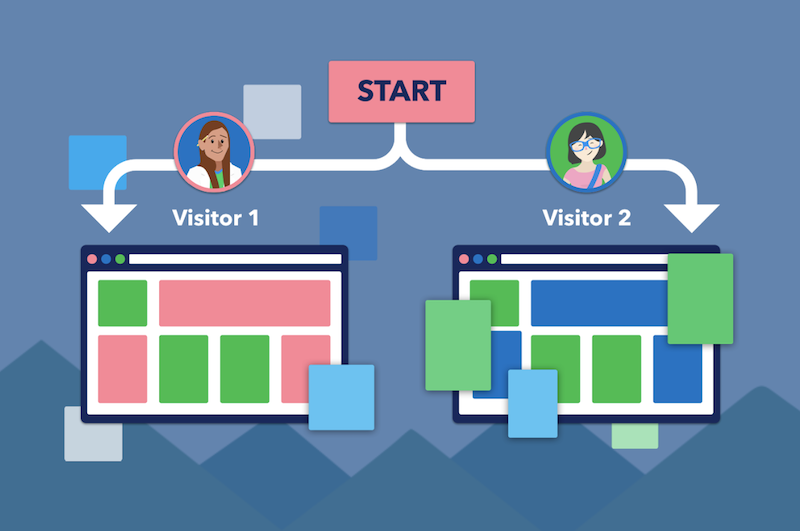Despite many consumers wanting and expecting more relevant and personalized experiences, a recent study by Pure360 suggests that most brands are still relying on only basic forms of ecommerce personalization.
According to a Deloitte paper, this is creating a gap between customer expectations and the experiences brands are delivering.
Part of the issue is that personalization is hard. The messages too often spoken about personalization are simplistic or catastrophic. It’s either something dramatic and urgent like, “if you’re not doing one to one personalization, your competitors will zoom past you.” Or it’s too simplistic, like “personalize post-click landing pages with company names.”
These types of messages, however, focus on the tip of the iceberg rather than the process you need to develop to make personalization work. The focus should be on strategy, and how personalization can be a tool used to improve the user experience and lift business metrics.

It’s like any form of personalization. You have to have a few things in place:
Read Original Post at https://instapage.com
According to a Deloitte paper, this is creating a gap between customer expectations and the experiences brands are delivering.
Part of the issue is that personalization is hard. The messages too often spoken about personalization are simplistic or catastrophic. It’s either something dramatic and urgent like, “if you’re not doing one to one personalization, your competitors will zoom past you.” Or it’s too simplistic, like “personalize post-click landing pages with company names.”
These types of messages, however, focus on the tip of the iceberg rather than the process you need to develop to make personalization work. The focus should be on strategy, and how personalization can be a tool used to improve the user experience and lift business metrics.
What is ecommerce personalization?
eCommerce Personalization is the art and science of delivering specific shopping experiences to targeted visitor subgroups to increase conversions and revenue, as well as improve the user experience:
It’s like any form of personalization. You have to have a few things in place:
- An ability to collect data on visitors (behavioral, transactional, demographic, etc.)
- An ability to analyze that data to find segments that may respond more favorably than the aggregate pool of visitors to a specific experience
- An ability to deliver an experience to that segment in real time
Read Original Post at https://instapage.com




No comments:
Post a Comment